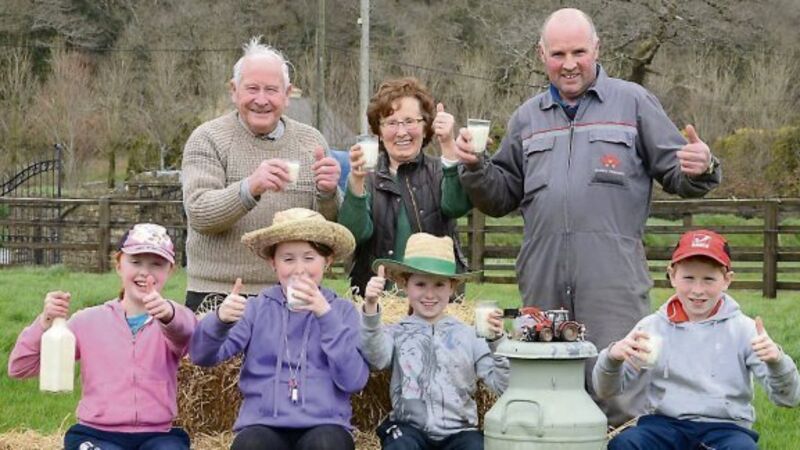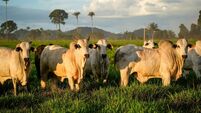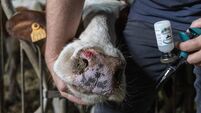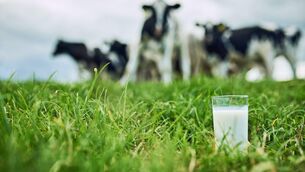Joe Sheehy: Dairy Focus - Farmers can’t borrow heavily

Five years ago, huge emphasis was put on the advantages of scale.
Some researchers, farm leaders and commentators gave the impression that rapid increases in cow numbers would be required, and farmers would require more than 100 cows to be viable after quota.
Even the Department of Agriculture were persuaded to support large units, and gave 44,000 gallons of free quota to more than 500 young farmers (too soon), many of whom have plans for very large units.
Teagasc and co-ops have set up a few ‘greenfield’, 250- to 300-cow dairy units.
Presumably, the objective is to provide guidelines for budding entrepreneurs who are starting out in dairying.
Unfortunately, not enough has been done to help family farm-sized units to expand. Yet, most of our milk is produced by family farms, and, hopefully, this will continue.
Average-sized dairy farms that grow gradually and efficiently will have a good future.
The costs of largescale dairy expansion or start-ups are very high. No short cuts can be taken. Many have reservations about outdoor wintering pads for dairying; some crazy ideas have been recently considered to cut costs — such as topless cubicles.
Expansion in milk production must be well-planned and stress-tested, before any major expense is undertaken.
Experience in Ireland has shown a high rate of failures by those who got big too fast. There was also a high rate of failure where ‘experts’ went onto farms to manage large dairy units.
Dairying — or any other farm enterprise — cannot carry large borrowings.
The vast majority of our milk-production increase should, and can, come from existing dairy farmers, where there is scope for expansion with minimum structural or animal costs, especially if other farming enterprises are removed.
Even where the grazing platform is limited, much can be done to increase milk output and cow numbers, by getting replacements contract-reared and buying-in feed crops from tillage farmers.
The first move for existing dairy farmers, before expanding, is to become as efficient as possible with their present dairy enterprise.
They must get their business analysed with a profit monitor. When they have reached a satisfactory level of efficiency, regarding grass growth/utilisation, disease-control, breeding and general overall management, it is then time to expand with extra stock and extra facilities. Unfortunately, only 10% of dairy farmers use the Dairy Profit Monitor, or other satisfactory business and management records, and this omission leaves many dairy farmers vulnerable.
Whether expanding or starting in milk production, there is no future except at a high level of efficiency, and, thankfully, many of our farmers are achieving this. However, at the present level of efficiency on dairy farms, only 25% could survive a severe price drop, especially if high borrowings were involved.
Fortunately, we have many of the best farmers in the world, and these should be used as examples. Also, a high percentage of farms are likely to have another income. The worst thing a dairy farmer can do is to expand an operation that is going badly, because when cow numbers are increased, milk yields are likely to drop, and whatever is wrong will worsen. The other no-no is over-borrowing.
Many of the most profitable Irish farmers have 60 to 80 cows, managed efficiently with family labour. Post-quota, many of these farmers will increase milk production by 25%, with only small increases in cow numbers, and no change in labour requirements. Remember, it will take the profit from 50 to 60 cows to pay an extra labour unit, and that is a big step-up.
Stocking rates on existing dairy farms are, on average, well under two cows per hectare, so land availability is not a barrier to significant increases in production on most dairy farms. Surveys have shown that grass production and utilisation, on half of our grazing land, is 50% below its potential, due mainly to land not being reseeded, and also deficiencies of fertiliser and lime. There is, therefore, great scope for increasing cow numbers through higher stocking rates and for better pastures.
As we have seen in recent years, some farmers are already over-stocked, but, in many situations, this is due to poor grassland production rather than land shortage.










